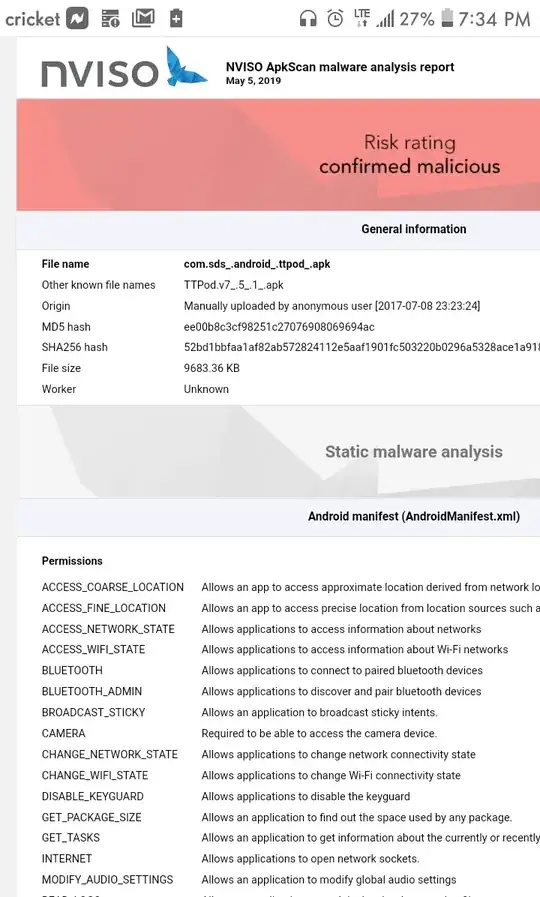In the EMV documentation (EMV Book 3 Section 6.5.10), the PIN Change/Unblock command provides the option to change or unblock a card's PIN, and also handles resetting the PIN Try Counter (EMV tag 0x9F17) along the way. This command is an issuer script, meaning it is sent by the issuing bank to an ATM or a POS which then forwards it to the card thereby resetting the counter and optionally changing the PIN.

Referring to the details in the photo above, what would happen if I were to manually send this command to the card, setting P2 as '00' and padded the Data field as jargon bits? Would this succeed in resetting the PIN Try counter? Unfortunately, the EMV docs don't really shed light on this command like they do in others. I'm interested in the exchange of data that happens between the card and the terminal AFTER the terminal forwards the PIN Change/Unblock command APDU from the issuer script to the card.
I would also really appreciate it if anyone can point me to a software tool where I can simulate this or similar EMV scenarios.
P.S: See Guessing PIN code of smartcard using brute force and offline reader and https://stackoverflow.com/questions/53645555/pos-emv-card-pin-change for added context if needed.